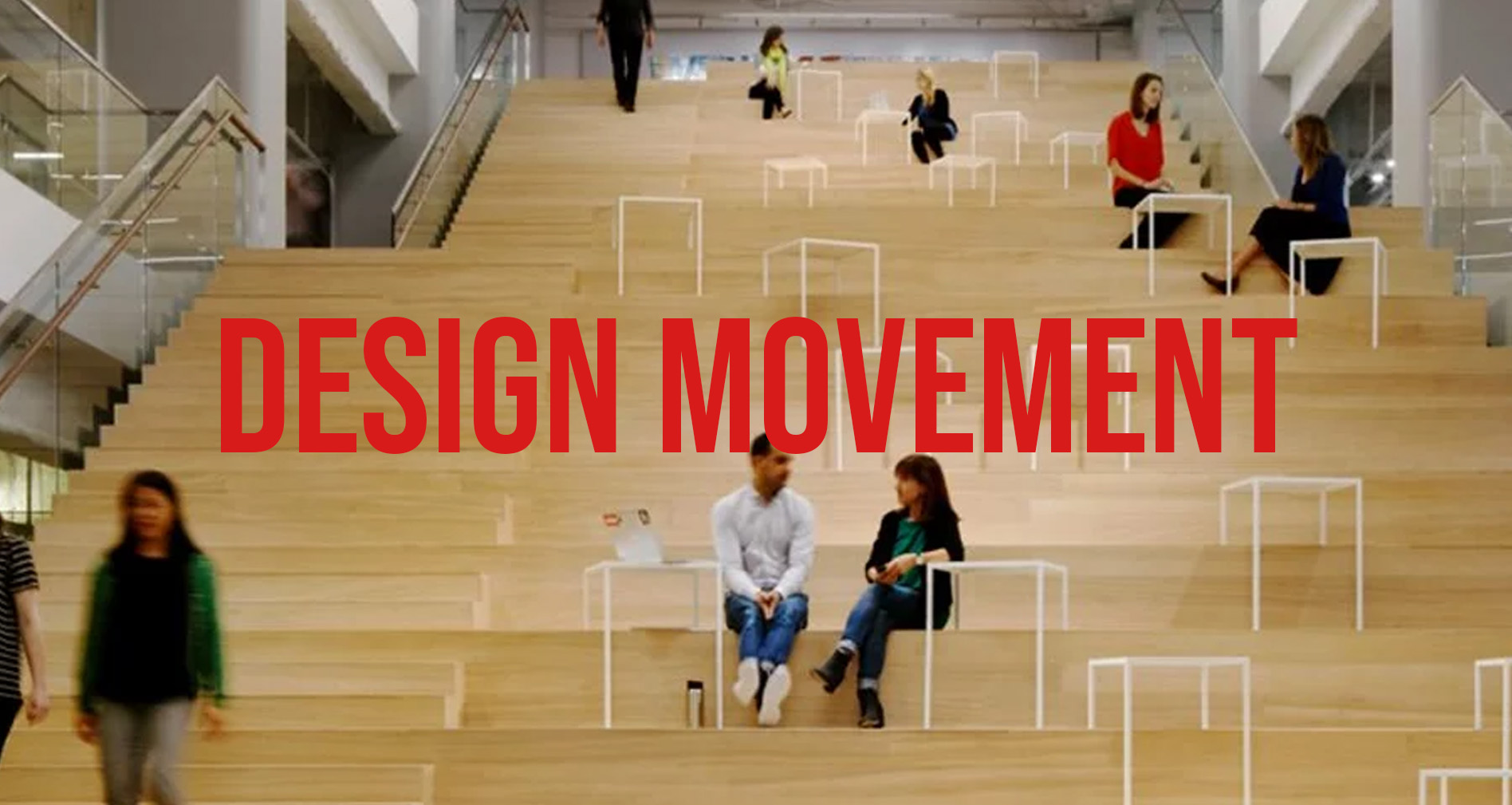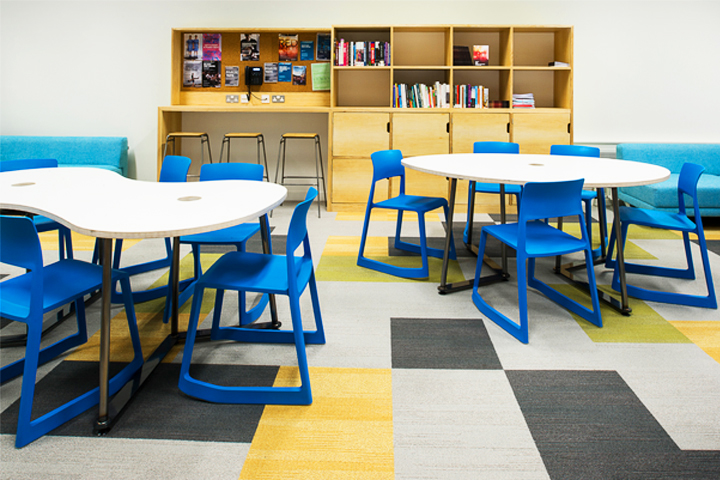Shaping spaces for activity and why ergonomics is more than just metrics

Office Tour Square Headquarters San Francisco design by: Bohlin Cywinski Jackson
As storms rage across the country, at Hart Miller Design we’ve been talking about how much we’re indoors at the moment with the wild weather raging around us. Our discussion was fuelled by the recent Multi Story Thinking podcast featuring The Travelling Ergonomist Kirsty Angerer, which made us all realise how much we sit down throughout the day at work and how this ‘activity’ actually starts at school, sitting down to learn.
According to the Super Movers initiative, in today’s classroom the least fit child in a class of 30 from 1998 would be among the five fittest in 2018 – and this is before moving in to higher education and then workplace. To us, this highlights the vital importance of understanding that activity should be encouraged across learning and working environments.
For designers, ergonomics relates to the metrics of individuals and in our practice at Hart Miller Design, knowing your user group is the first step in providing an ergonomically correct design. When designing specific spaces that we as humans interact with, we must consider the human form and identify the human postures and movements performed in a space.
To a huge majority, this translates as to whether a chair is the perfect fit or whether we should all be at sit-stand desks to ensure we have met the ergonomic requirements. However research is demonstrating ‘activity’ is a key word when looking at addressing ergonomics and for that we need environments that enable and encourage us to move.
At Hart Miller Design, we shape interior spaces for working and learning. Activity Based Working (ABW) is establishing itself in the commercial world where environments are designed to give employees a choice about how, when and where they work. Within education, there is a similar move away from a traditional learning environments towards more fluid and mobile spaces. In both areas an approach where movement is considered is crucial.
But why is this so important?
Let’s look at an example and see how design can help improve our attention to ergonomics through the environments we occupy.
When asked to design a Postgraduate space for Falmouth University, we needed to create a space that would be flexible to meet the needs of a number of activities and learning methods being undertaken by MA students. The design approach was to provide a flexible environment that would support and encourage movement between a range of learning styles – the result is ‘Studio D’. Our model combines the traditional elements of any interior e.g. flooring, lighting and graphics with a very specific combination of furniture that students can reconfigure and use as they require.

The learning space can support theatre style, team collaboration, quiet working, drop down working and relaxed conversations. The impact is that from the choice of settings students have available, they can be active in their use of the space and rarely spend days on end in one style of setting. This demonstrates the idea that a successfully implemented environment that has ergonomics at its heart has the ability to support your body’s need for movement on a day to day basis.
Designing for working environments is the same. Technology has enabled us to work in more agile and active ways but we must not neglect to consider how our bodies will respond to a lifetime of looking at devices. If you need more evidence of this then we encourage you to meet Emma who is the model of a future office worker with bad ergonomics applied.
According to Kirsty Angerer, ergonomic design is invaluable to saving a business money. She explains she often finds that clients can see ergonomic involvement as a costly exercise but in fact, ergonomics in its truest form is a practice rather than a remedy, lessening the impact on the sedentary lifestyles of staff and improving health and wellbeing from the very beginning of a project. Our interpretation is that activity-based working and learning will in turn address the important aspects of ergonomics. You can learn more directly on this subject from Kirsty here.
Providing pain-free healthy environment can be a life changer and we as interior designers have the power to achieve this.
Words: Anna Hart and Kay Hanson